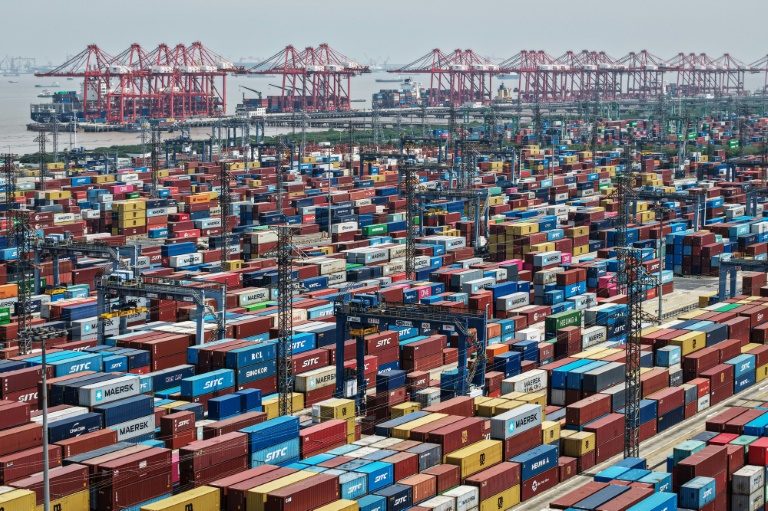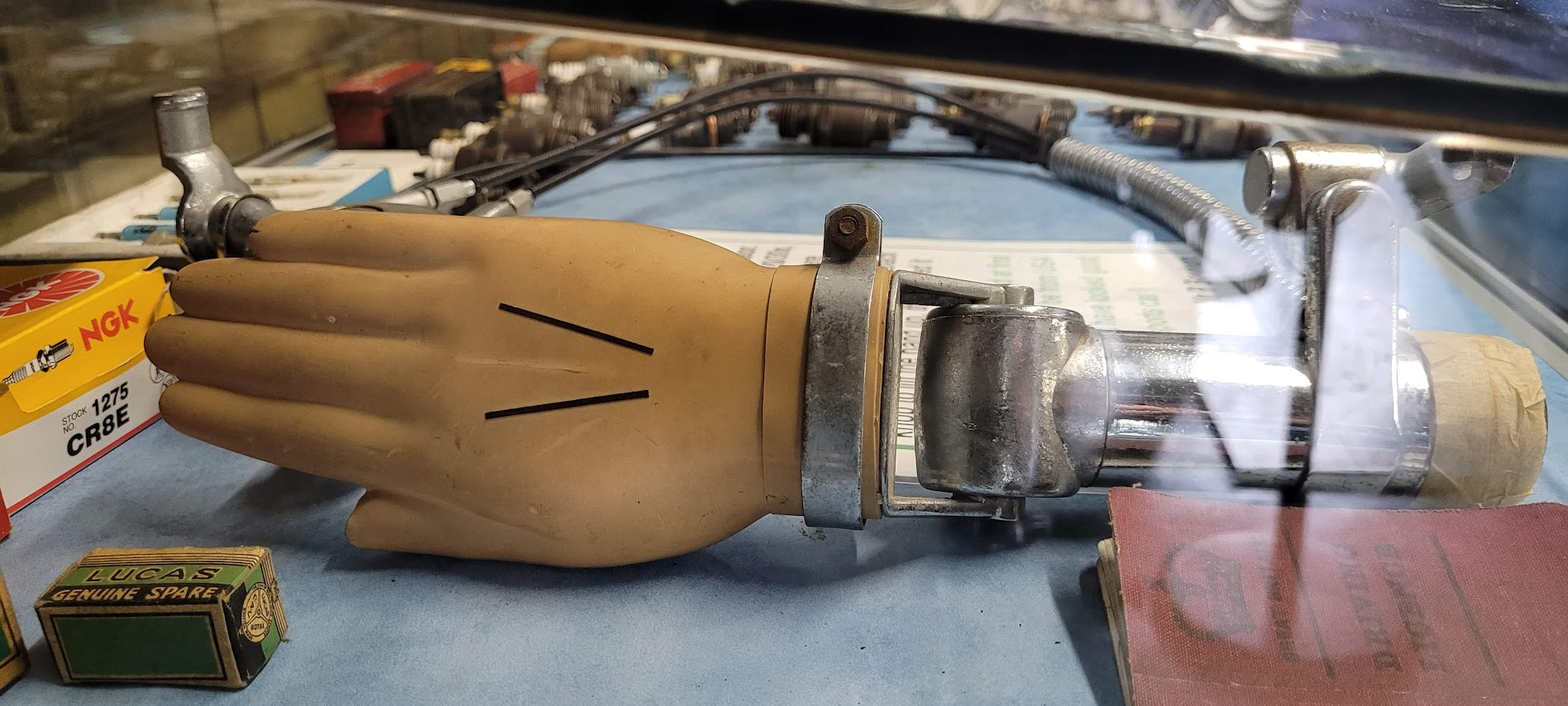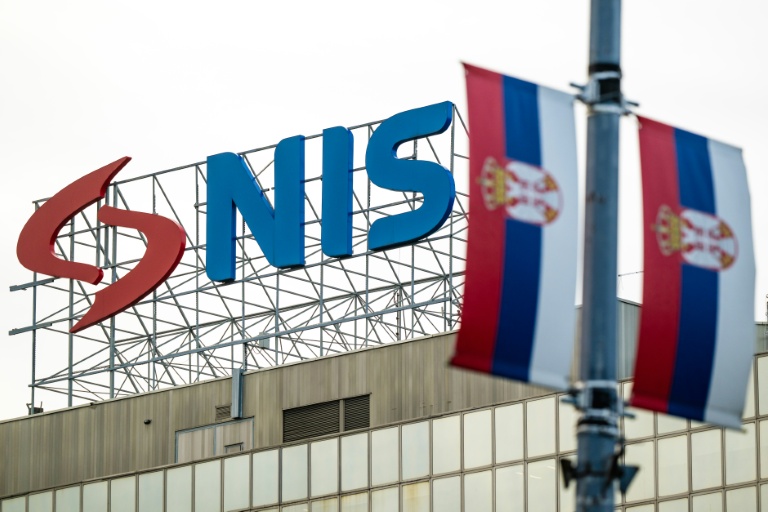China and the United States — the world’s two largest economies — are engaged in a mounting tit-for-tat trade row that has sparked global recession fears and rattled markets – Copyright AFP STR
Colistin (polymyxin E) is a last-resort antibiotic. It comes in two forms: colistimethate sodium can be injected into a vein, injected into a muscle, or inhaled, and colistin sulfate is mainly applied to the skin or taken by mouth.
Microbiologists are concerned that this compound is losing its power due to rising bacterial resistance. As to why this is, the culprits might be hiding in our seafood dinners.
A University of Georgia research team discovered colistin-resistance genes in bacteria found in imported shrimp and scallops from markets in Atlanta. These genes can hop between bacteria via plasmids, potentially turning once-curable infections into deadly threats.
Path to resistance
Identifying how resistance to colistin could be spread was identified by researchers back in 2016, when genes that confer colistin resistance were first isolated. This was from imported seafood purchased from markets in Atlanta, U.S. These findings suggest imported seafood could promote the spread of transmissible colistin resistance. The majority of seafood consumed in the U.S. is imported (with imports of shrimp accounting for 90% of the market).
China and the United States — the world’s two largest economies — are engaged in a mounting tit-for-tat trade row that has sparked global recession fears and rattled markets – Copyright AFP STR
Colistin (polymyxin E) is a last-resort antibiotic. It comes in two forms: colistimethate sodium can be injected into a vein, injected into a muscle, or inhaled, and colistin sulfate is mainly applied to the skin or taken by mouth.
Microbiologists are concerned that this compound is losing its power due to rising bacterial resistance. As to why this is, the culprits might be hiding in our seafood dinners.
A University of Georgia research team discovered colistin-resistance genes in bacteria found in imported shrimp and scallops from markets in Atlanta. These genes can hop between bacteria via plasmids, potentially turning once-curable infections into deadly threats.
Path to resistance
Identifying how resistance to colistin could be spread was identified by researchers back in 2016, when genes that confer colistin resistance were first isolated. This was from imported seafood purchased from markets in Atlanta, U.S. These findings suggest imported seafood could promote the spread of transmissible colistin resistance. The majority of seafood consumed in the U.S. is imported (with imports of shrimp accounting for 90% of the market).

Resistance is conferred via a mobile colistin resistant gene, or mcr. This gene is classed as mobile since it can be transferred via lateral transmission, through plasmids passed among bacteria. Since the initial discovery, 10 mcr genes have been discovered together with several alleles (variants).
An allele is one of two or more versions of DNA sequence (a single base or a segment of bases) at a given genomic location.
As well as human settings, in serious cases, colistin is used in in agricultural settings in many countries. This is both to treat infections and to promote animal growth.
The bacteria that predominate in imported shrimp are Gram-negative organisms, predominantly belonging to the genus Serratia spp. and Aeromonas spp.
Hence, the researchers conclude:
- mcr has been reported in bacteria isolated from seafood coming from exporting countries.
- Aquaculture has been hypothesized as a source of mcr.
In describing the resistance mechanism, the researchers state: “We live in a very connected world. We move a lot, we travel a lot, our food travels, and we are going to spread whatever emerges, even across national borders. So, it’s important to invest in monitoring systems and expand them and collaborate, especially on the global level, on the issue of antimicrobial resistance.”
The research paper appears in the journal mSphere, titled “Introduction of the transmissible mobile colistin resistance genes mcr-3 and mcr-9 to the USA via imported seafood.”
Related antimicrobial news
In related news, researchers have discovered a new class of antibiotic that selectively targets Neisseria gonorrhoeae, the bacterium that causes gonorrhoea. These substances trigger a self-destruction program, which also operates in multi-resistant variants of the pathogen.












